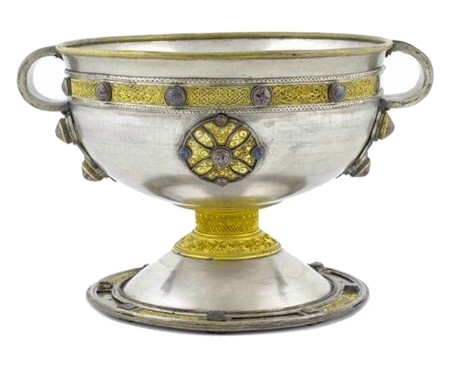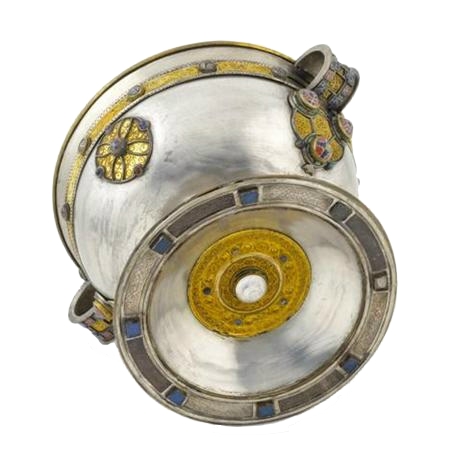Ardagh Chalice
In 1868, two boys were digging in a potato field located in County Limerick of Ireland. They unexpectedly discovered a historical masterpiece of Irish art: the Ardagh Chalice. Archaeologists estimate that the Chalice dates to around the eight century, but the exact year is unknown. The metalwork piece is widely recognized as a masterful example of Celtic art and the Irish Insular style. Though the Chalice is an historical object, its influence remains profound. The Chalice spurred the Celtic art revival of the 19th century and continues to inspire Celtic art today. The intricate designs and metalwork of the Chalice have also influenced contemporary Irish jewelry, which reflects the vibrant artistic culture and history of Ireland.

Contemporary Celtic jewelry often uses traditional Celtic geometric patterns. The patterns found on the Ardagh Chalice reflect La Tène Celtic art, which refers to a particularly fluid and interlacing geometric pattern that reflects natural shapes, such as vines and leaves. These patterns are repeated in contemporary Celtic jewelry, paying homage to the rich artistic tradition found in the Ardagh Chalice and other works.

The Ardagh Chalice may have once been lost, but since its discovery, it has had a lasting effect on the world of Celtic art. The talent and skill that went into it is reawakened in new creations meant to honor the breathtaking artwork.
